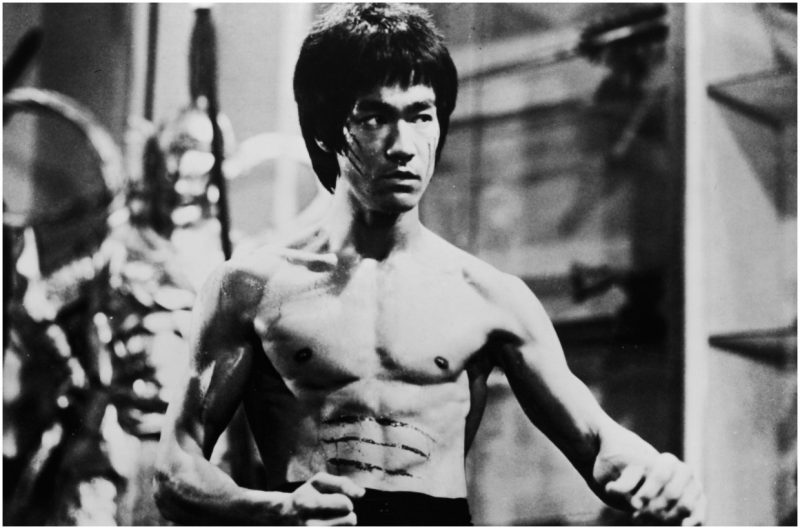In 1971 movie star Bruce Lee invited his friend, basketball legend Kareem Abdul-Jabbar, to Hong Kong. Lee was shooting a film titled The Game Of Death and wanted to cast Abdul-Jabbar for the role of the main villain, Mantis.
Mantis was the “5th Floor Guardian” and Lee’s final opponent on the top platform of his game of death vision, one that showcased his martial arts style of Jeet Kune Do. The style was a fusion of the contemplative and the kinetic, drawing on various martial arts disciplines. Its name in English would be translated as “The Way of the Intercepting Fist”. Lee himself explained Jeet Kune Do as “the art of fighting without fighting.”
Quoted in an ESPN article from 2017, Abdul-Jabbar described Jeet Kune Do as “a jambalaya of martial arts, adding and discarding moves that were less effective. No wasted movements.”
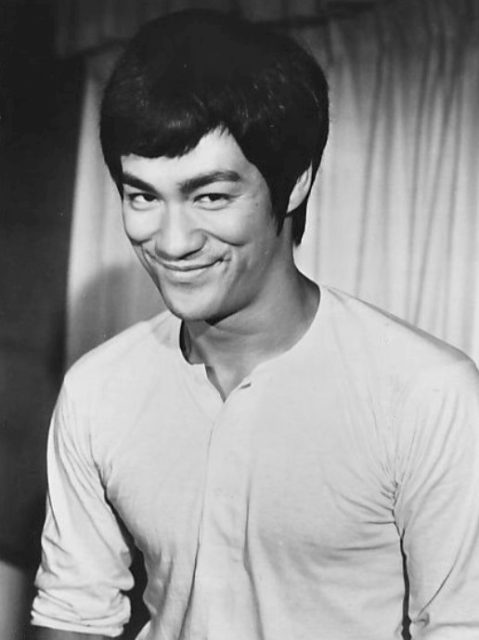
The Game Of Death was never finished, at least in the form Lee intended. He died in 1973, reportedly from cerebral edema, or swelling of the brain. Those five days Lee and Abdul-Jabbar spent battling each other on camera were the culmination of a powerful relationship between the two men, one which began in 1967.
Back then Lee was a mentor and the young New Yorker who walked into his studio looking to learn about martial arts was called Lew Alcindor. The height difference between the men was noticeable — Lee was 5’8″ and his new student a staggering 7’2″.
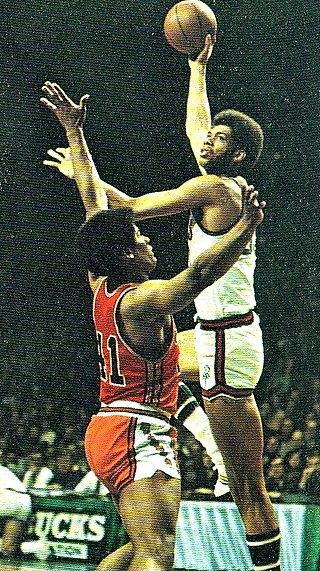
It didn’t make any difference. Alcindor found the experience transformative. Four years later his training was over and he’d adopted a new name, Kareem Abdul-Jabbar, to mark his conversion to Islam from Catholicism.
Abdul-Jabbar found in Islam a way of escaping the racial abuse he had received in his day to day life. Kareem Abdul-Jabbar translates as “noble, powerful servant.” And he was willing to give himself over to Lee, whose teachings he found inspiring.
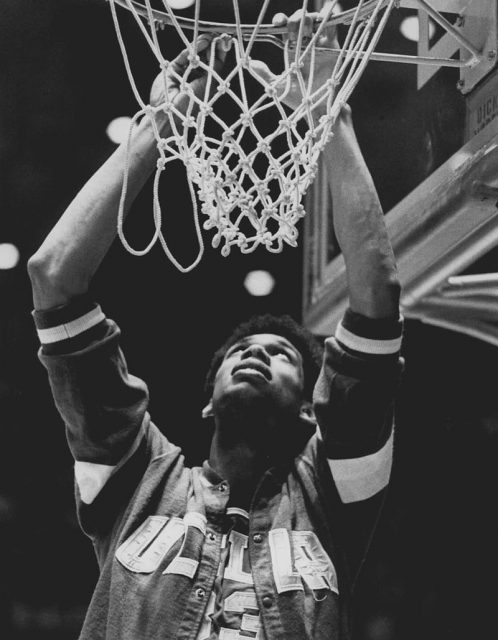
According to ESPN, Abdul-Jabbar believed Lee “taught people how to prepare and deal with an issue that might arise and succeed, whether that’s in life or in sport.” In addition to the strong influence of his UCLA basketball coach John Wooden, the young player had all the tools required to make his life into something special.
10 Facts About Bruce Lee You May Never Have Heard
From the end of the 1960s to his final game in 1989, Abdul-Jabbar blazed a trail. The NBA website states “no NBA player had ever scored more points, blocked more shots, won more Most Valuable Player Awards, played in more All-Star Games or logged more seasons.” Magic Johnson described him as “ the most beautiful athlete in sports.”
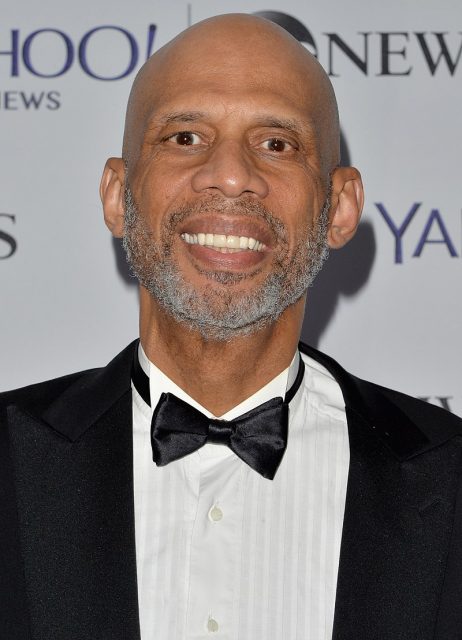
This wouldn’t have happened in the way it did without Bruce Lee’s involvement. Just as Lee was groundbreaking in the field of onscreen representation and combat with Jeet Kune Do, so Abdul-Jabbar had his own presence and signature technique.
The “skyhook” is essentially an upgrade for the established hook shot. He was able to score from greater distances than his peers, hence the name change. As he described it to ESPN, “Bruce was an innovator and caused martial arts to move forward. … The skyhook is the embodiment of an efficient shot that requires minimal movement but sudden speed.”

When Lee died, the enthusiasm for martial arts waned in his former student. That didn’t mean he was going to slow down. With his teacher’s philosophy in mind, he went on to become a prominent voice in American sports as a writer and activist.
Most recently he’s been writing novels about Sherlock Holmes’ brother Mycroft and continuing the adventures started by Sir Arthur Conan Doyle, something he probably didn’t see coming as a slam-dunking 22-year-old.
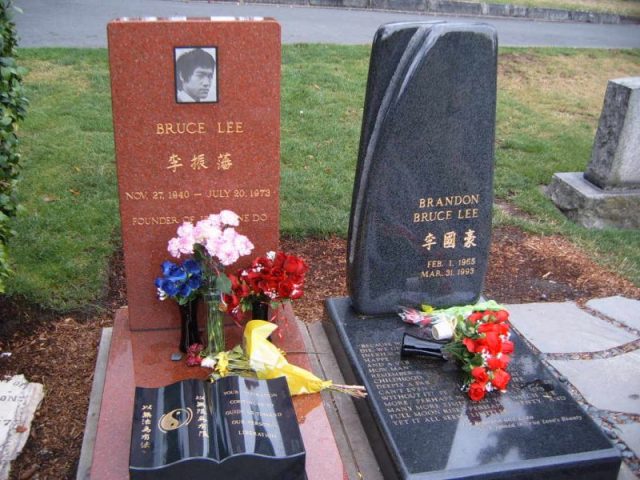
Perhaps the most fitting tribute to their friendship and mutual respect is The Game Of Death. The movie exists in a reworked form, completed by Lee’s Enter The Dragon director Robert Clouse in 1978. It doesn’t stick to the original plot, however different and more faithful productions have emerged in recent years.
Lee’s legacy is reflected in Abdul-Jabbar’s achievements as much as they are in his films and techniques. The pair shared an experience that to this day inspires generations of athletes.
Steve Palace is a writer, journalist and comedian from the UK. Sites he contributes to include The Vintage News, Art Knews Magazine and The Hollywood News. His short fiction has been published as part of the Iris Wildthyme range from Obverse Books.
